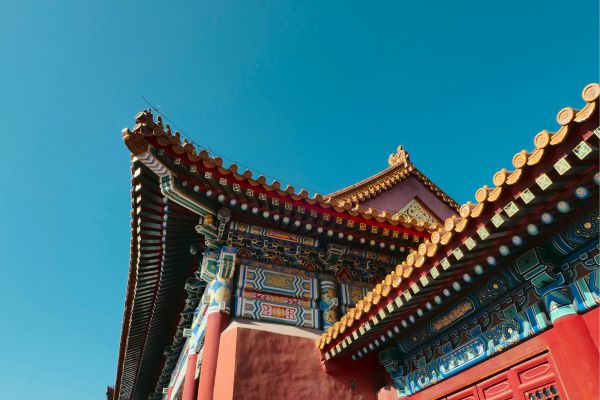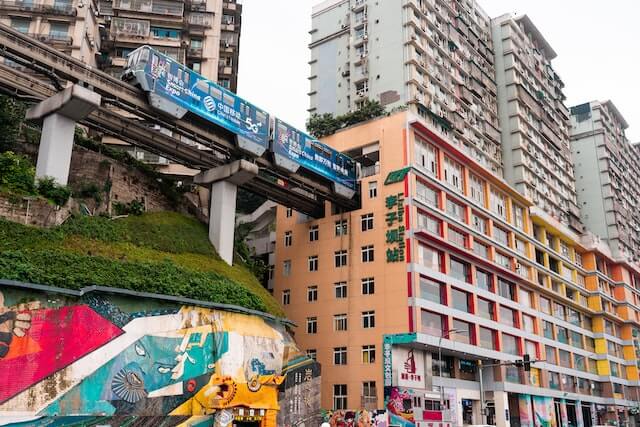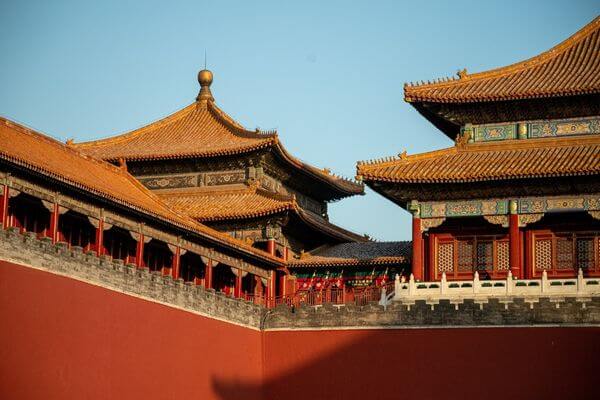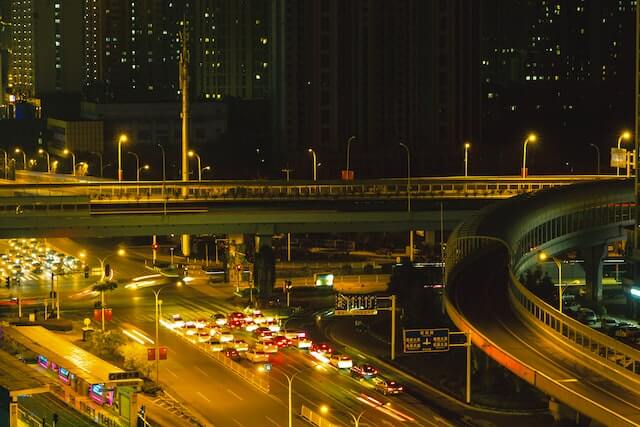
On 7 August 2019, China and other 45 States signed the UN Convention on International Settlement Agreements Resulting from Mediation (the Singapore Convention). It is time for us to take a close look at mediation in China.
1. History of Mediation in China
In China, the history of mediation can be divided into four stages:
(1) From 1949 to the 1980s: highly praised
After the establishment of the People's Republic of China in 1949, the government advocated "mediation as the primary" (调解为主) in dispute settlement. The mediation here mainly relies on the people's mediation committees set up in the grassroots society. During this period, China's state power penetrated into all corners of society, and state-driven mediation was generally accepted by society. Mediation, therefore, played a very important role.
(2) From the 1980s to the 1990s: the sharp weakening of mediation
After China began its reform and opening up in 1978, state power gradually withdrew from Chinese society, and its support for mediation was also greatly weakened. People no longer recognized the authority of mediation and turn to lawsuits, which led to a large number of disputes flowing into the courts.
(3) The first decade of the 21st century: the rise of court-connected mediation
In response to the pressure of dispute settlement, China launched a movement called the "Big Mediation" (大调解). [1] The mediation conducted during litigation played a major role in this movement. Court-connected mediation could take place at any stage of court proceedings, and judges were also keen to urge litigants to accept mediation.
(4) The 2010s: out-of-court mediation is highlighted
In order to cope with the litigation explosion faced by Chinese courts, and also to serve the "Belt and Road Initiative" (BRI), China is now proposing a "diversified dispute settlement" scheme, that is, mediation, arbitration, and litigation are connected and coordinated. In this scheme, out-of-court mediation is valued, namely: a collaborative system of people's mediation, administrative mediation, industry mediation, commercial mediation, and court-connected mediation. [2]
The main disadvantage of out-of-court mediation is that the settlement agreement resulting from mediation cannot be enforced by the court, given its nature of an ordinary contract in essence. In order to support mediation, the PRC Civil Procedure Law (CPL) newly amended in 2012 stipulates that the court may, based on the application of the parties, make a ruling to confirm the validity of the settlement agreement, so that it can be enforced by the court. [3]
2. Current Types of Mediation in China
There are no systematic legal rules on mediation in China, but they are scattered in the CPL, People's Mediation Law of the People's Republic of China, as well as the rules promulgated by China's Supreme People's Court (SPC) and China's Ministry of Justice. According to these rules, Chinese mediation generally includes the following:
(1) Court-connected mediation
Court-connected mediation refers to the mediation conducted during in a lawsuit.
Court-connected mediation is stipulated in the CPL. This type of mediation is conducted by a judge in civil proceedings. Mediation is not separate from the case trials, but is part of it. After the settlement agreement is reached, the court shall make a “settlement statement” (调解书). The settlement statement, just like the judgment, can be enforced by the court.
Since 2016, Chinese courts have been trying to separate mediation from case trials, and have established a “docking mechanism to connect litigation with mediation”(诉讼与调解对接机制) for this purpose. Under this mechanism, the court commissions/assigns the case to a specific mediator (including full-time mediators in the court and mediators outside the court), and the judge can no longer mediate during the trial.
(2) People's mediation
People's mediation (community mediation) is the mediation of community residents.
The People's Mediation Law enacted in 2010 is the only law in China that specifically targets mediation. People's mediation mainly refers to mediation by the people's mediation committees set up in community self-governing organizations (neighborhood committees, villager committees), which does not charge fees.[4] Therefore, this mediation is a kind of community mediation for public welfare, and does not include commercial mediation, mediation of industry association, etc.[5] Nevertheless, social organizations such as industry associations can establish a people's mediation committee with reference to the People's Mediation Law to exclusively deal with the disputes of their professions.
(3) Profession/industry mediation
Profession/industry mediation is a kind of mediation provided to a specific field of profession or to a member of a particular industry association.
After 2015, China began to encourage the development of profession/industry mediation, including two categories. The first category is the mediation of industry association, namely, the mediation institution established by industry association itself; the second category is industry-based and profession-based people's mediation, namely, the people's mediation committee established by industry association with reference to the People's Mediation Law. [6]
The difference between the two: the former is subject to the supervision of the relevant regulatory authorities of the industry. For example, the Securities Association of China mediates securities disputes and is regulated by the China Securities Regulatory Commission; the latter is regulated by the supervision department of people's mediation, namely, the Ministry of Justice and the corresponding department in each local government.
Industry associations establish mediation institutions by themselves, and in theory, their mediation fees are not subject to the "free" rules of the People's Mediation Law. However, for the time being, most mediation institutions of the industry associations still adopt the free mode,[7] which means that their mediation is of certain public welfare but not commercial.
(4) Lawyer mediation
Lawyer mediation refers to mediation conducted by mediation institutions of lawyer profession.
Since 2017, China has tried to encourage lawyer mediation, and set up lawyers' mediation studios in courts, public legal service centers, law firms, and lawyers' mediation centers in bar associations.[8]
It should be noted that in terms of the fees charged for lawyer mediation, China's Ministry of Justice requires to adopt a "low price" model. For example, in some places, the fee for lawyer mediation must not exceed 50% of the court costs in similar circumstances,[9] even though China's court costs are already very low. In this sense, lawyer mediation is also of public welfare.
(5) Commercial mediation
Commercial mediation refers to mediation conducted by a specialized commercial mediation institution. Commercial mediation adopts a market-based charging model without providing free mediation.
In China, commercial mediation may be more professional than other mediation, but there are few commercial mediation institutions in China. These mediation institutions mainly include: China Council for the Promotion of International Trade/China Chamber of International Commerce Mediation Center (established in 1987) and the mediation centers of its chapters, Beijing Arbitration Commission Mediation Center (established in 2011), Shanghai Commercial Mediation Center (established in 2011), Guangdong, Hong Kong & Macau Commercial Mediation Alliance (established in 2013).
(6) Administrative mediation
Administrative mediation refers to mediation conducted by an administrative organ.
Although Chinese official documents often mention people's mediation, court-connected mediation, and administrative mediation in the same breath. But the concept of administrative mediation is the vaguest and least seen. The main scene of administrative mediation is that the police mediate in public security cases and traffic accidents.
3. Our Commentaries
Although developed people's mediation has been established before China's reform and opening up, it exists in a highly rigorous social structure. The mediation in the market economy came very late in China. It can be said that it was not until the 2010s that China began to establish real mediation. In this sense, Chinese mediation is still in its infancy.
Moreover, most types of mediation in China is targeted at public service, which is either free or low-price. This has greatly weakened the enthusiasm of professional institutions and personnel to participate in mediation. Therefore, the development of mediation is likely to be subject to certain restrictions.
At present, there are only a few institutions in China engaged in commercial mediation, and most of these institutions are very young, and it will take some time for development to have a large scale.
In summary, Chinese mediation is still very young and has not enough international competitiveness. Therefore, China may well be unwilling to ratify the Singapore Mediation Convention prematurely to prevent China from responding to the impact of international mediation institutions.
However, with the advancement of China's BRI, China cannot ignore the role of mediation. In fact, in 2018, China has issued the "Opinions on the Establishment of 'the Belt and Road Initiative' Dispute Settlement Mechanism and Institutions" (关于建立"一带一路" 争端解决机制和机构的意见), which also mentions mediation. We speculate that, in the future, mediation will be one of the most important dispute resolutions in China.
References:
[1] 关于人民法院民事调解工作若干问题的规定》(2004年),《关于进一步发挥诉讼调解在构建社会主义和谐社会中积极作用的若干意见》(2007年),《关于建立健全诉讼与非诉讼相衔接的矛盾纠纷解决机制的若干意见》(2009年),《关于人民调解协议司法确认程序的若干规定》(2011年)等。
[2] 中共中央办公厅、国务院办公厅《关于完善矛盾纠纷多元化解机制的意见》(中办发〔2015〕60号),《最高人民法院关于人民法院进一步深化多元化纠纷解决机制改革的意见》(法发〔2016〕14号)
[3] 《民事诉讼法》第一百九十四条、第一百九十五条
[4] 《人民调解法》第四条、第八条
[5] 范愉.《中华人民共和国人民调解法》评析[J].法学家,2011(02):1-12+176.
[6] 《司法部关于加强行业性、专业性人民调解委员会建设的意见》(司发通[2011]93号)
[7] 如《最高人民法院 中国证券监督管理委员会 关于全面推进证券期货纠纷多元化解机制建设的意见》,《中国证券业协会证券纠纷调解工作管理办法》
[8] 《最高人民法院 司法部关于开展律师调解试点工作的意见 司发通〔2017〕105号》,《最高人民法院 司法部关于扩大律师调解试点工作的通知 司发通〔2018〕143号》
[9]《山东律师调解试点来了!调解收费标准不超过诉讼费50%》, http://www.acla.org.cn/article/page/detailById/22576
Contributors: Guodong Du 杜国栋 , Meng Yu 余萌









